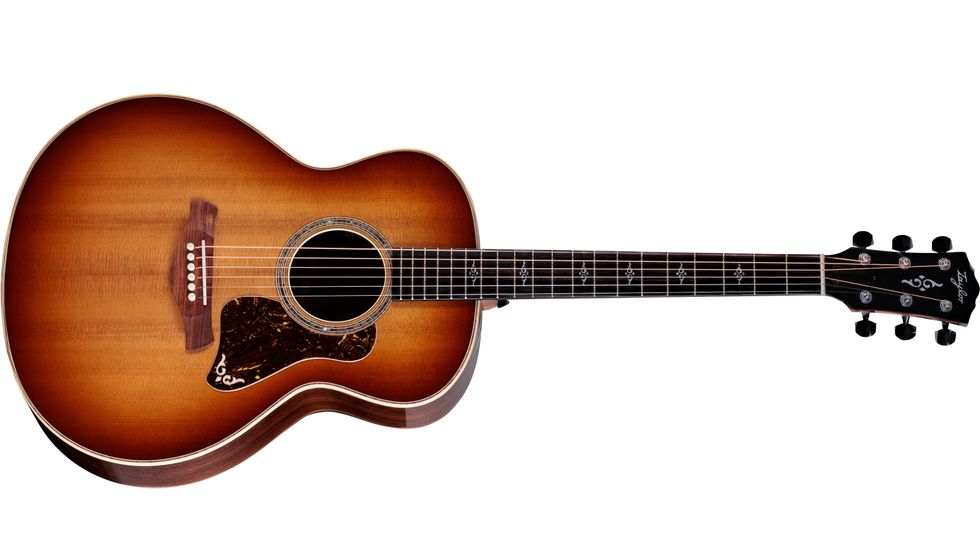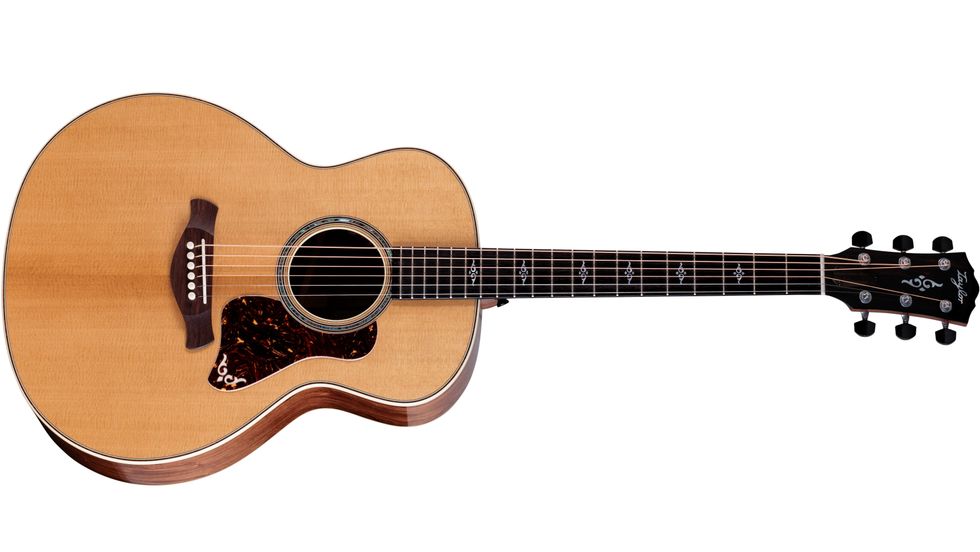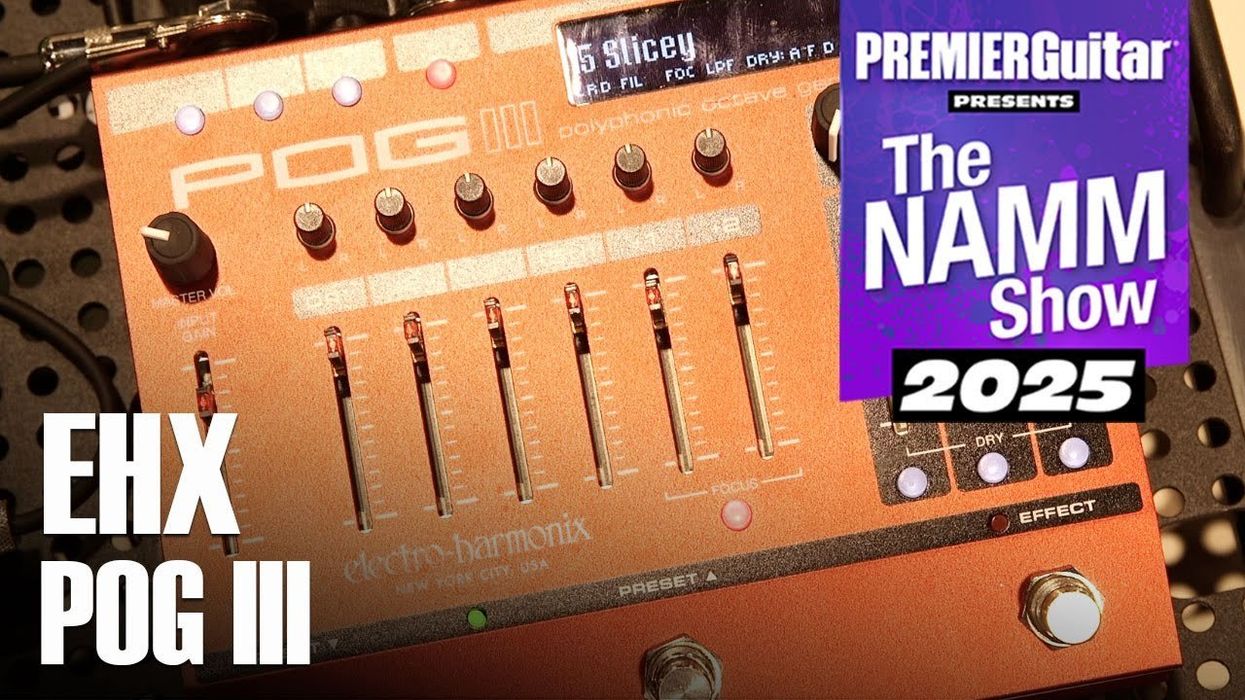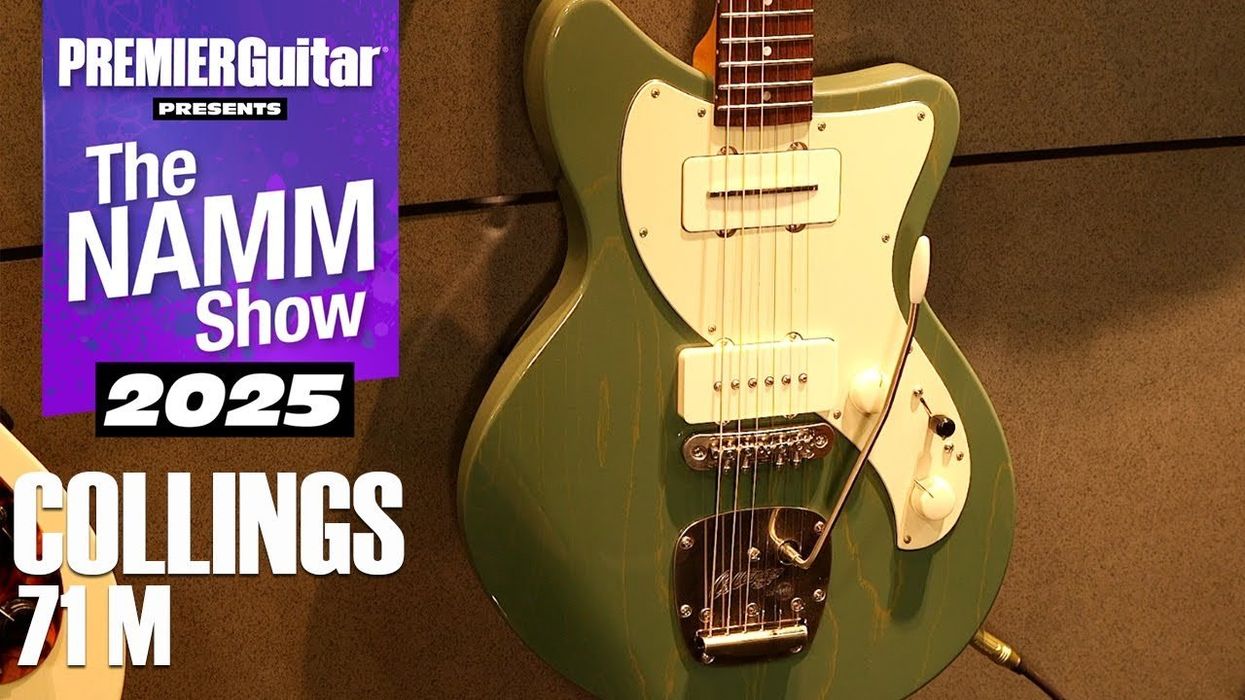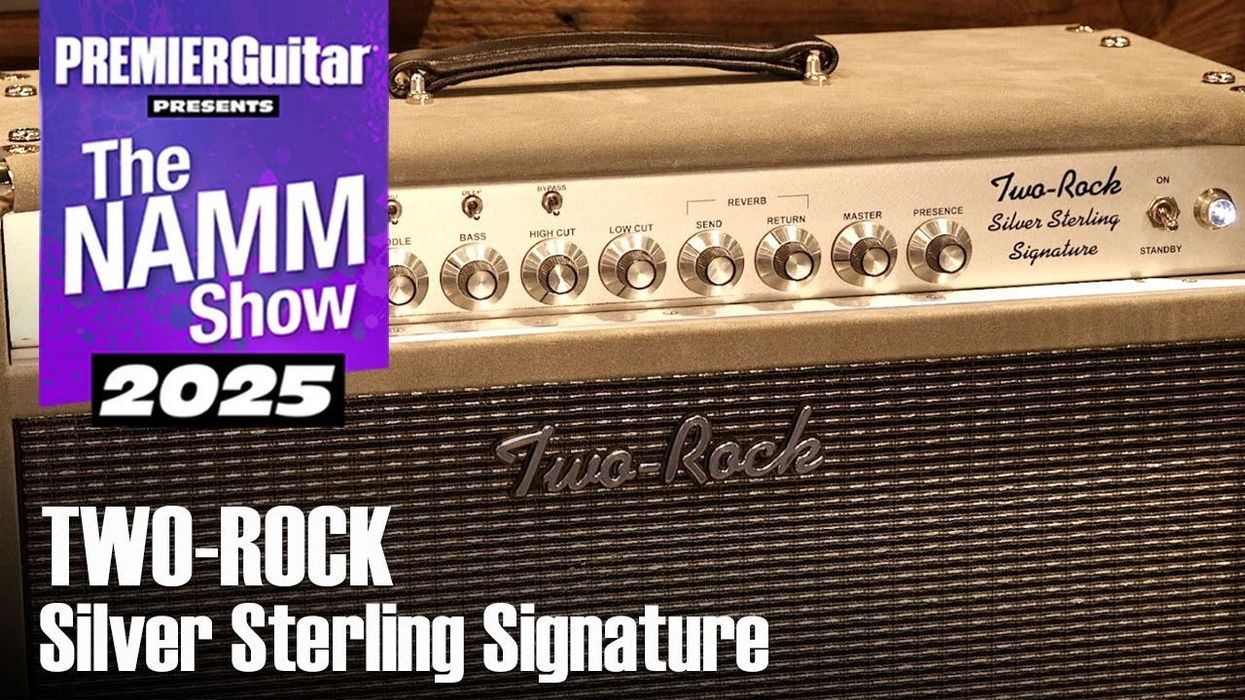Godin introduces two advanced models in its nylon-string acoustic-electric line.
Godin Multiac Mundial Nylon Acoustic-electric Guitar - Arctik Blue
The G-Tour Limited and the latest version of the company’s respected Multiac model, the Mundial Nylon, are slinky players. The Mundial has a body of hollow silver leaf maple with a solid cedar top, and a Spanish cedar neck with a rosewood fretboard and bridge. With four contact mikes (flamenco, anyone?), an undersaddle transducer, and 3-band EQ with volume and blend controls, it streets at $1,299. And the G-Tour limited also has a hollow silver leaf maple body, a hard rock maple neck, a rosewood fretboard, and an EPM-Q-Discrete pickup. It streets for $1,499s. Both guitars have a 25 1/2" scale neck.
Godin
$1,299.00



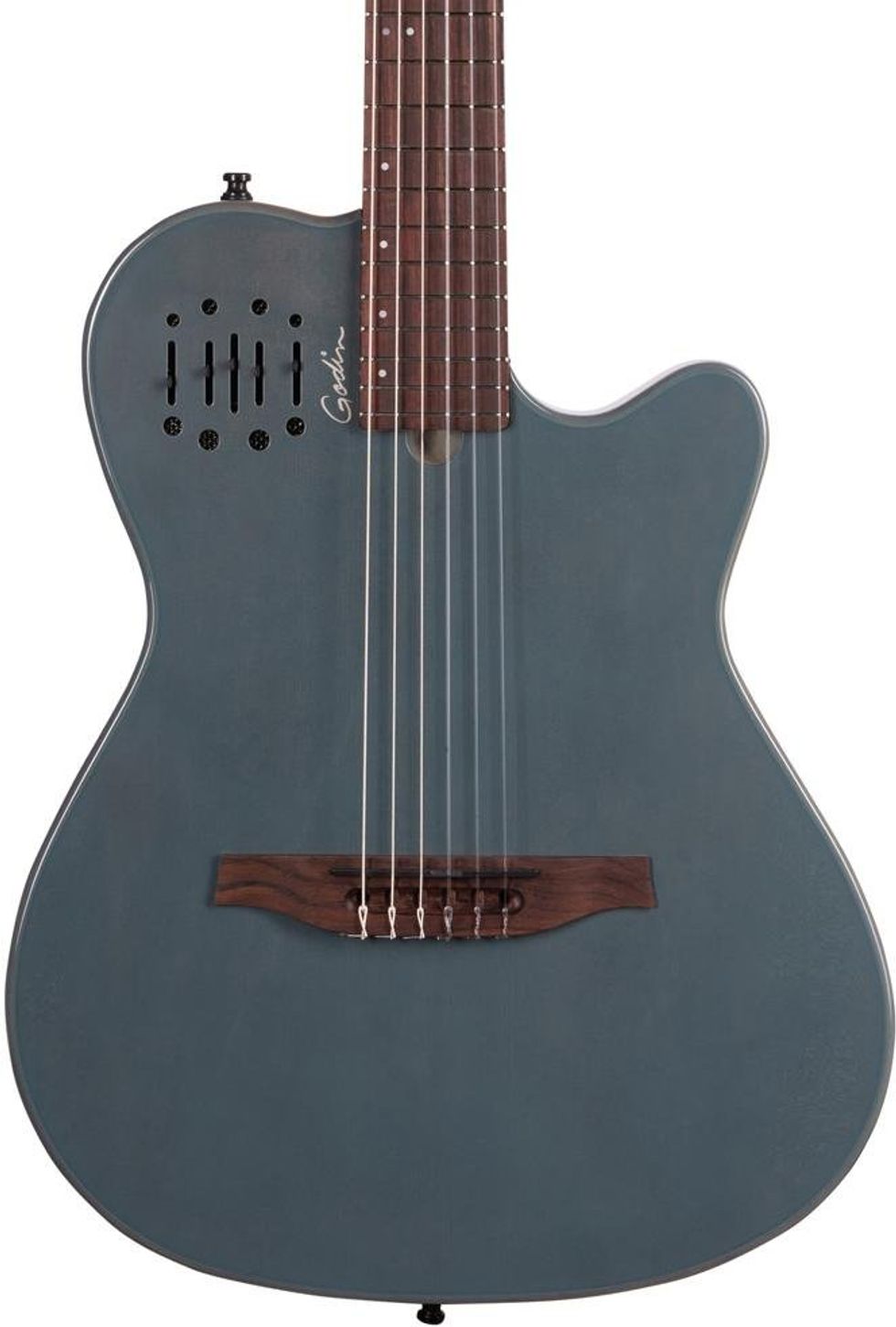

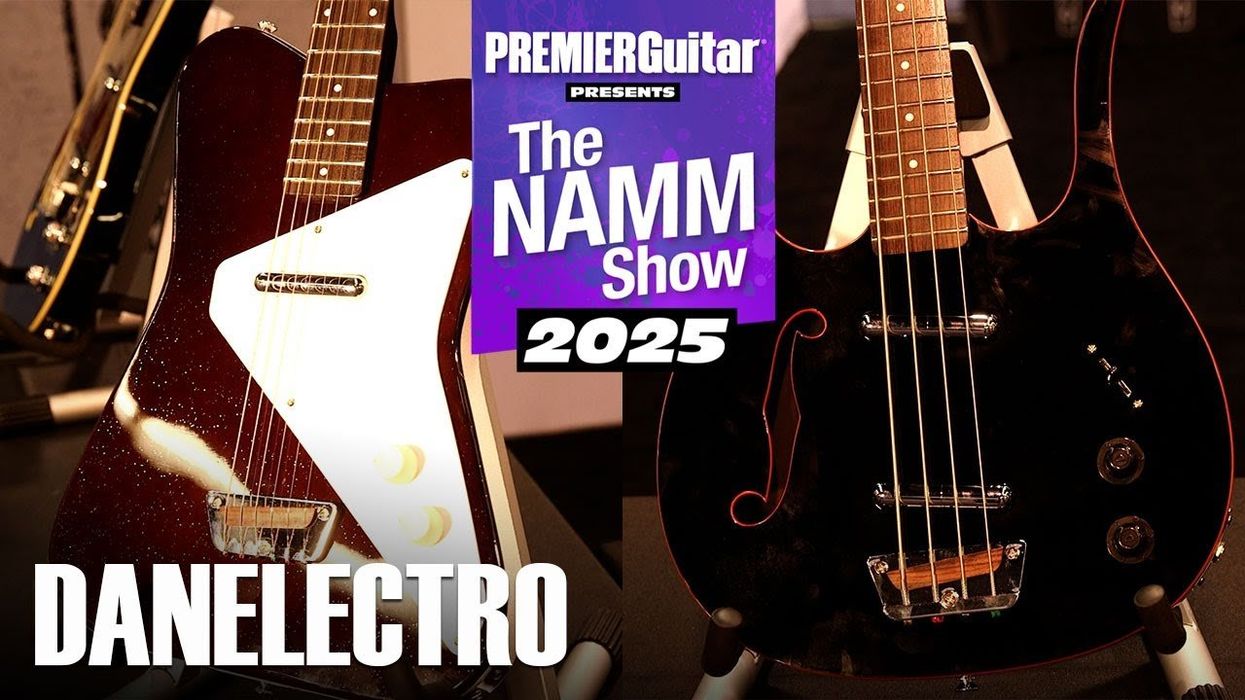
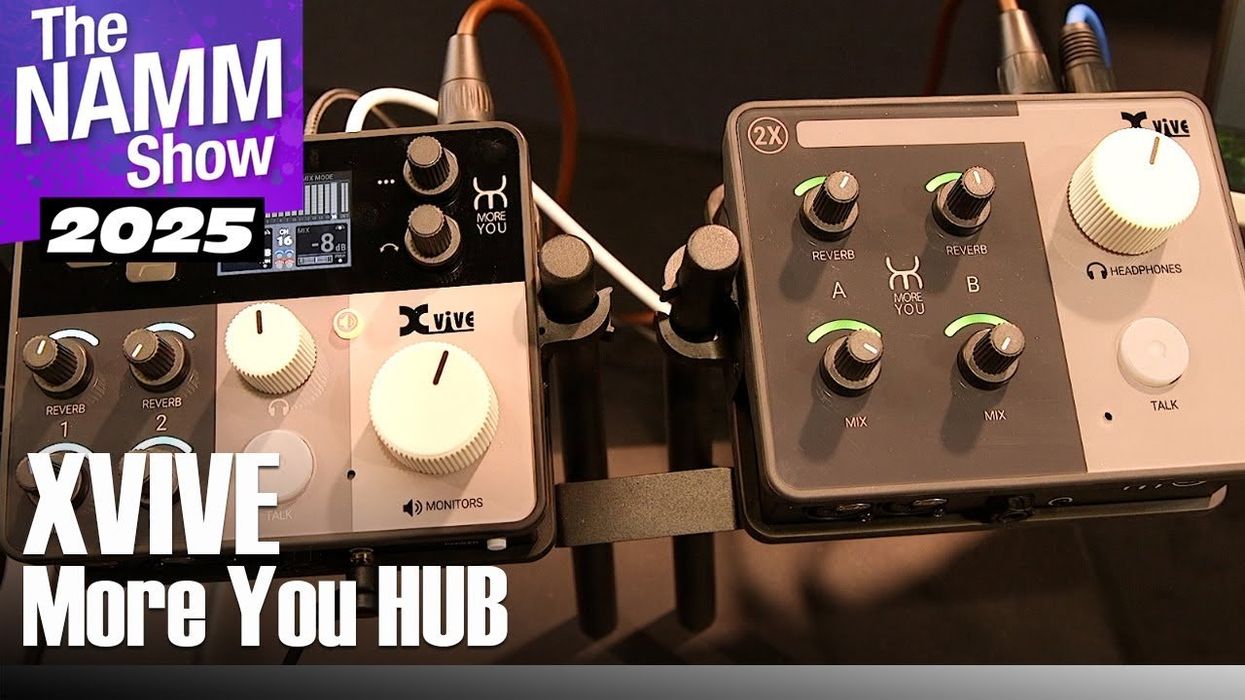
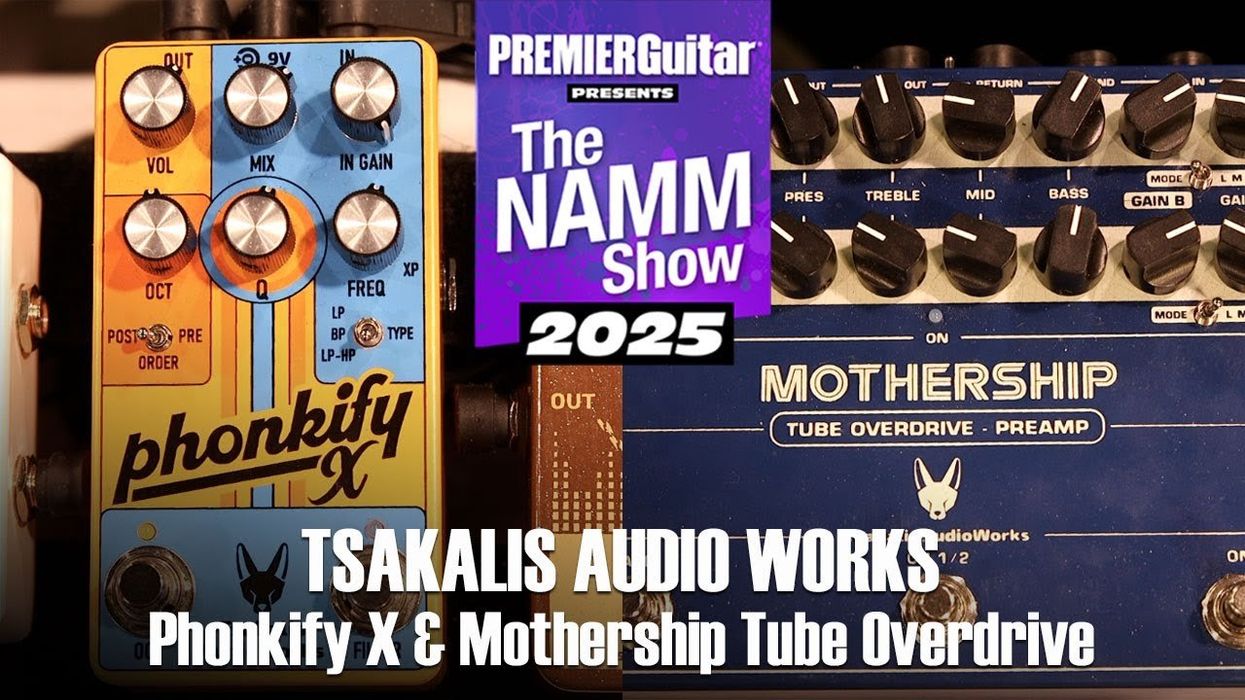
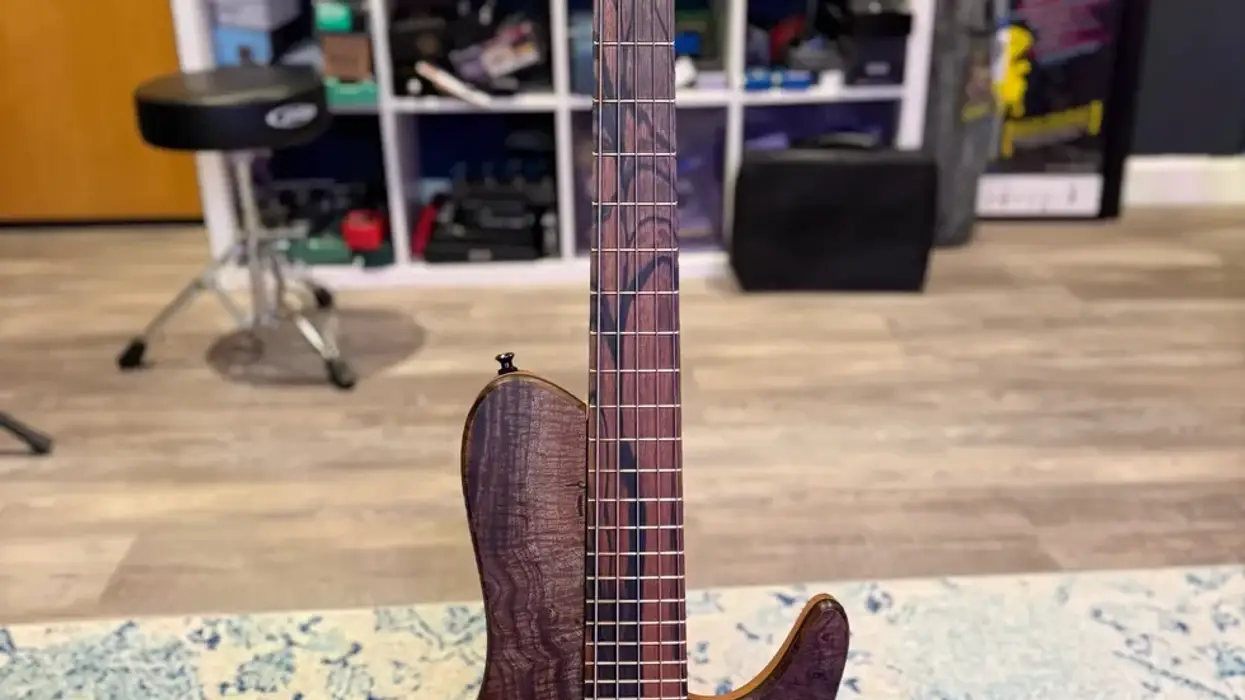


![Rig Rundown: Russian Circles’ Mike Sullivan [2025]](https://www.premierguitar.com/media-library/youtube.jpg?id=62303631&width=1245&height=700&quality=70&coordinates=0%2C0%2C0%2C0)




